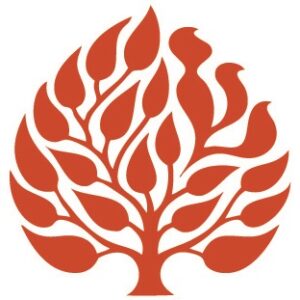
An Illustration of Kiddush Levanah
May 20, 2016 By Library of the Jewish Theological Seminary | Commentary | Emor
The middle of this week’s parashah (Lev. 23) details the cycle of the Jewish holidays. Each holiday is listed according to its month and its day. The months of the Hebrew calendar are strictly lunar, from new moon to new moon. Kiddush Levanah, a selection of prayers in honor of the new moon, is traditionally recited at the end of the first or second shabbat of each month.
Read More
The Blasphemer’s Twin
May 20, 2016 By Tim Daniel Bernard | Commentary | Emor
This week’s parashah ends with a sin:
וַיִּקֹּב בֶּן-הָאִשָּׁה הַיִּשְׂרְאֵלִית אֶת-הַשֵּׁם וַיְקַלֵּל.
The son of the Israelite woman pronounced the name [of God] and cursed. (Lev. 24:11)
Maybe we don’t need to overthink why a law code seen as given by God would determine that cursing God is problematic, but how severe a crime is this? Evidently, Moses was uncertain: the culprit was detained while Moses checked in with God (Lev. 24:12). Perhaps the negative consequence of this act seems unclear. After all, what harm can possibly come to God through human words?
Read More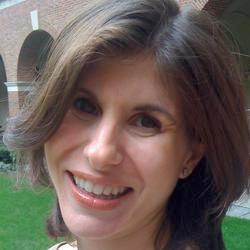
The Cycles of Nature
May 7, 2011 By Abigail Treu | Commentary | Text Study | Emor
A midrash for any attorney or accountant to love, the last line of which already rings with the oy vey iz mir tone which has come down to us via Tevye and Seinfeld as a quintessentially Jewish mode of wry humor.
Read More
The Gift of Uncertainty
May 13, 2006 By Matthew Berkowitz | Commentary | Emor
Israel is a land almost wholly dependent on the heavens above. As such, concern for one’s crops is a dominant theme through the biblical and rabbinic periods. Far from being a land irrigated by a river flowing through its length as Egypt, Israel is dependent on the rains above — and the winds below. Accordingly, this week’s Parashat Emor delineates the calendar year and very specifically addresses the period in which we find ourselves — the counting of the Omer from Passover to Shavu’ot.
Read More
Sharing Our Blessings
May 8, 2004 By Matthew Berkowitz | Commentary | Emor
Traditional rabbinic thought argues that words of Torah are never superfluous. There is a distinct economy in the way that words are employed. And so, when we encounter repetition, Torah is coming to teach us something unique. The challenge for us, as readers, is to understand the import of repetition. Parashat Emor offers us one such opportunity. Although the law of pe’ah, leaving one corner of the field to the poor, is legislated a few chapters earlier in Parashat K’doshim (Leviticus 19:9), it is placed this week in a list of festivals. What is the significance of restating such law in the midst of our parashah?
Read More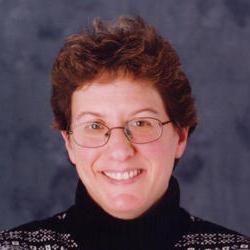
Rachel’s Tears
May 10, 2003 By Melissa Crespy | Commentary | Emor | Yom Hazikaron-Yom Ha'atzma'ut
It is hard not to be moved by the verses in our parashah which say that when a sheep or goat is born, it shall stay seven days with its mother, and that “no animal from the herd or from the flock shall be slaughtered on the same day as its young.” (Leviticus 22:28) Though few of us are close to sheep or goats, we are sensitized to the feelings of animals from our loving relationships with our pets, and we feel the sensitivity the Torah holds for the sheep and goats, even though they are destined to become food for humans or sacrifices for God.
Read More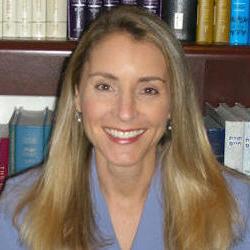
Sacred History
May 17, 2003 By Lauren Eichler Berkun | Commentary | Emor
As we stand in the midst of Sefirat Ha-Omer, the period of counting 49 days from Pesach to Shavuot, we read the very parashah which contains the instructions for this count. Parashat Emor teaches:
Read More“From the day on which you bring the sheaf of elevation offering–the day after the sabbath–you shall count off seven weeks. They must be complete: you must count until the day after the seventh week–fifty days; then you shall bring an offering of new grain to the Lord” (Lev. 23:15).
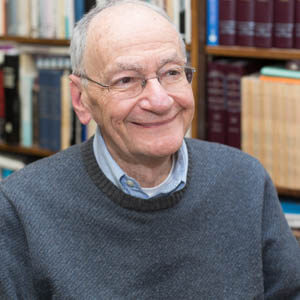
Death and Life
May 4, 1996 By Ismar Schorsch | Commentary | Emor
Death has been a frequent visitor this year at the Seminary, felling young and old alike, as if the assassination of Mr. Rabin on November 4 was a harbinger of things to come. Rarely have young people, so sheltered from death in our self–indulgent society, been more sorely tested. Some of the deceased, like Professors Shraga Abramson, Moshe Davis and Cantor Max Wohlberg, died in old age after long careers of lasting achievement, both in Israel and in America, including many years of teaching at the Seminary. Others were cut down in the prime of life: Professor Seth Brody, a graduate of our Rabbinical School and frequent visiting member of our faculty, by cancer, at the height of his powers, just a few years after attaining a full–time appointment at Haverford College, and Matt Eisenfeld, a second year rabbinical student at the Seminary, and his fiancee to be, Sara Duker, a graduate of Barnard College and active member of the Seminary community, by a suicide bomber on February 25 in Jerusalem, denying the world the fulfillment of their radiant promise.
Read More


